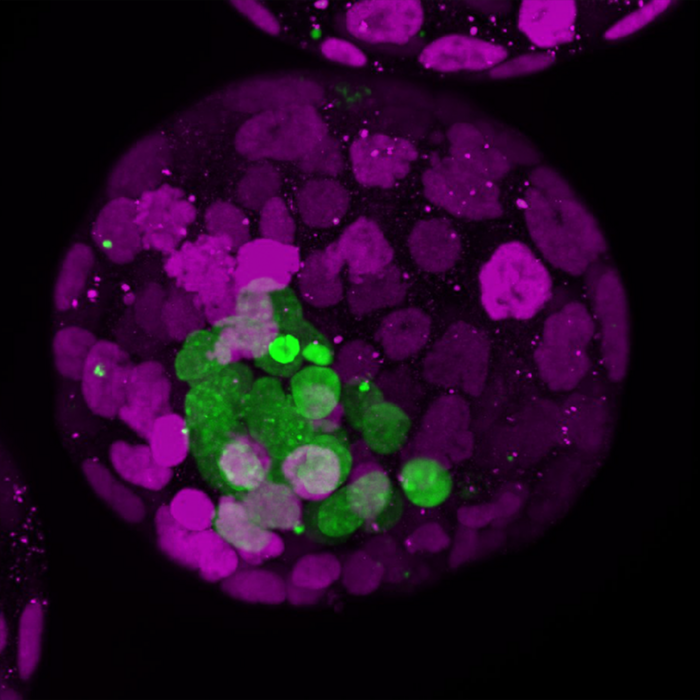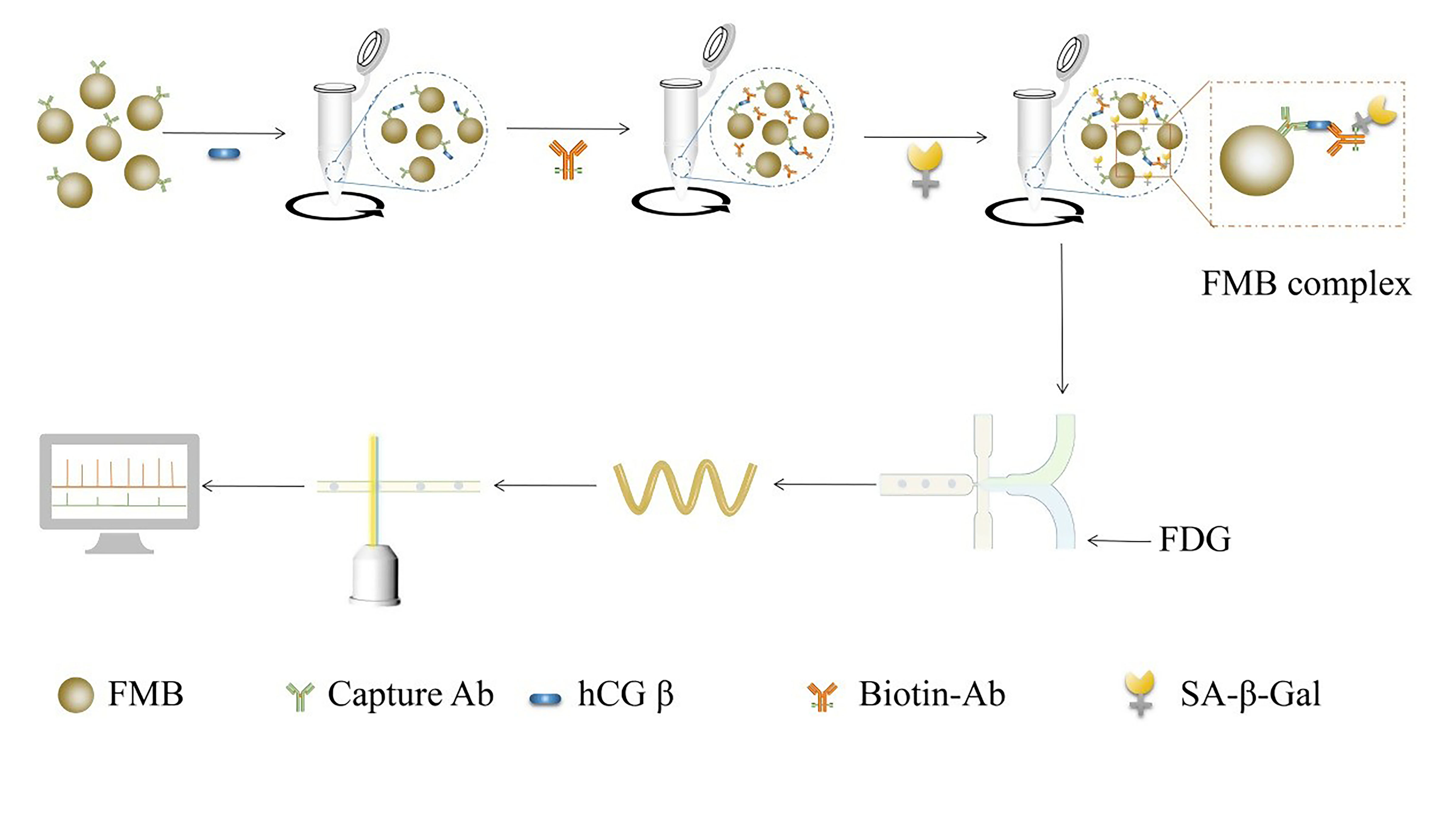During pregnancy, the effects of therapeutical doses of amphetamine have been investigated on birth outcomes in humans. However, a thorough investigation of the mechanisms underlying the long-term effects of embryonal exposure to addictive doses of amphetamine remains largely unexplored.
Tag: Embryo
Study Reveals Mixed Public Opinion on Polygenic Embryo Screening for IVF
Survey reveals nearly three-quarters of U.S. adults support using emerging technology to screen embryos during IVF for risk of developing certain health conditions or traits that arise from more than one gene.
Only about one-third of respondents approved of using the technology to predict traits unrelated to disease.
Nearly all expressed concerns about potential negative outcomes for individuals or society.
Findings underscore need for public education about benefits, limitations, ethical hazards of polygenic risk scores for embryos.
Center Will Support Healthy Pregnancies by Detecting Placenta Problems Sooner
Rutgers teams up with four other universities to form a new research center in Piscataway.

The beginning of life: The early embryo is in the driver’s seat
One often thinks that the early embryo is fragile and needs support. However, at the earliest stages of development, it has the power to feed the future placenta and instructs the uterus so that it can nest. Using ‘blastoids’, in vitro embryo models formed with stem cells, the Lab of Nicolas Rivron at IMBA showed that the earliest molecular signals that induce placental development and prepare the uterus come from the embryo itself. The findings, now published in Cell Stem Cell, could contribute to a better understanding of human fertility.
Drug-Induced Liver Injury, Prenatal Developmental Toxicity, and More Featured in September 2021 Toxicological Sciences
The September 2021 issue of Toxicological Sciences contains leading toxicological research, exploring nanotoxicology, neurotoxicology, immunotoxicology, and more.

Evaluating Embryo Quality with Ultrasensitive Protein Detection
Infertility is estimated to affect 9% of reproductive-aged couples globally, and many couples turn to assisted reproductive technology. Selecting embryos with maximum development potential plays a pivotal role in obtaining the highest rate of success in ART treatment.
Researchers can evaluate the quality of an embryo by detecting the content of proteins secreted. In Biomicrofluidics, a method to detect trace proteins secreted by embryos using microfluidic droplets and multicolor fluorescence holds promise to select embryos for ART.

Team builds the first living robots
Scientists repurposed living frog cells—and assembled them into entirely new life-forms. These tiny “xenobots” can move toward a target and heal themselves after being cut. These novel living machines are neither a traditional robot nor a known species of animal. They’re a new class of artifact: a living, programmable organism.